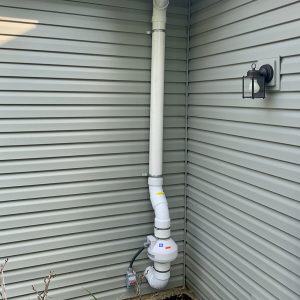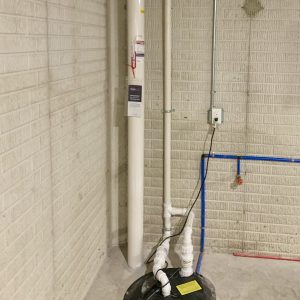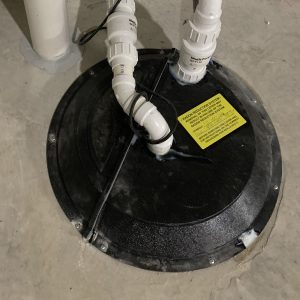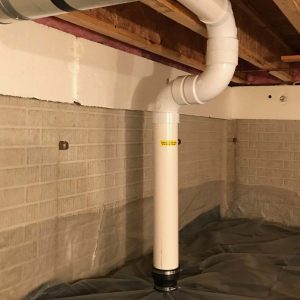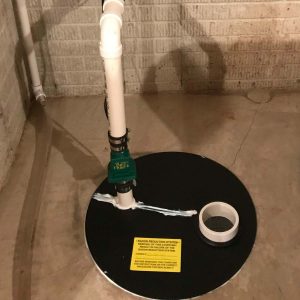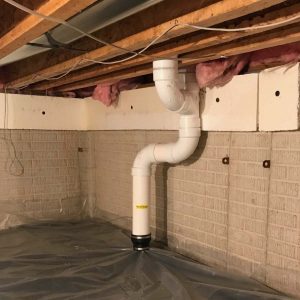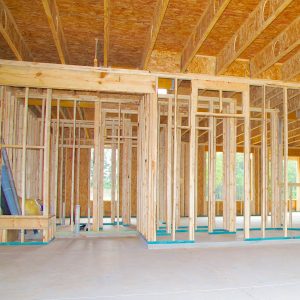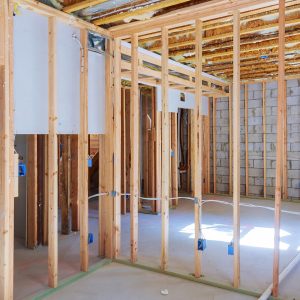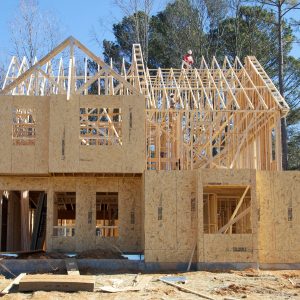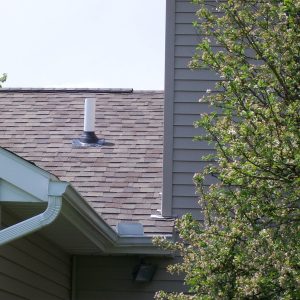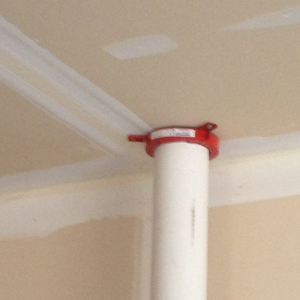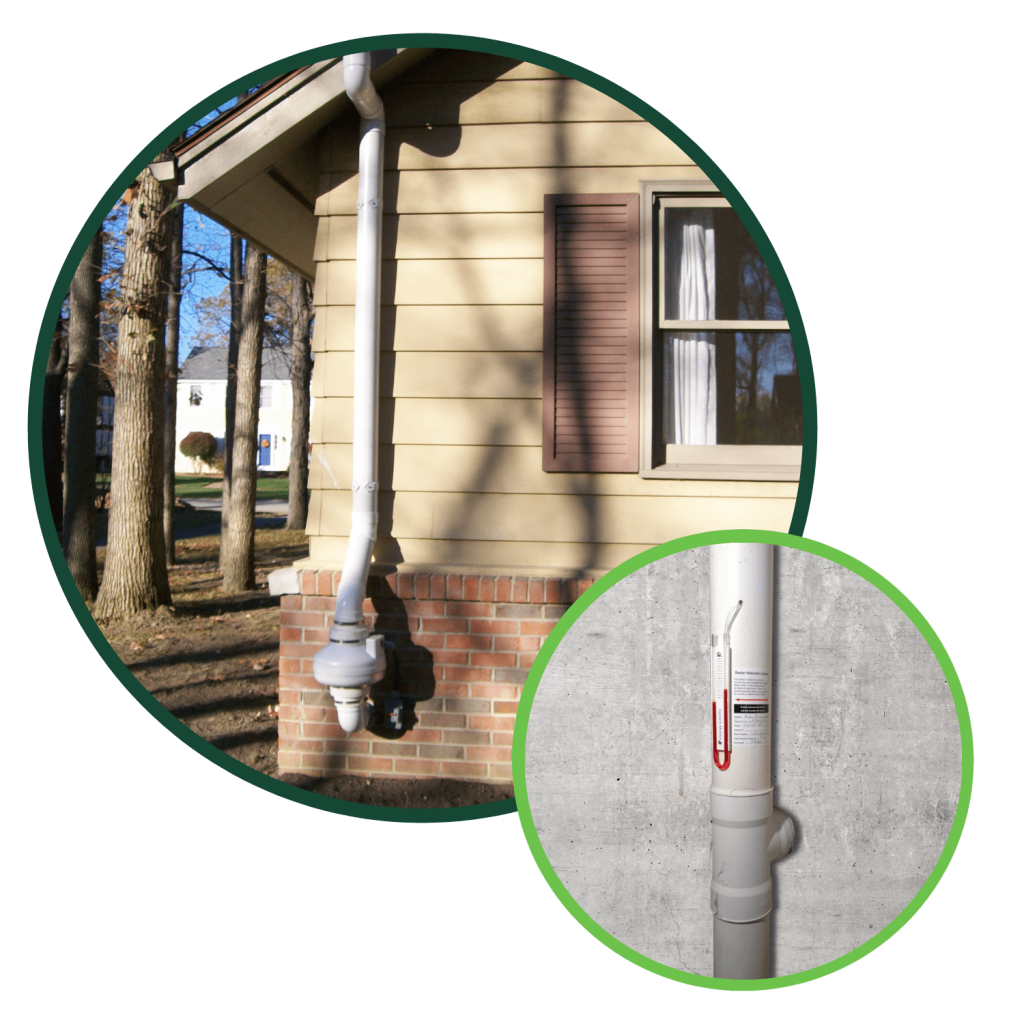
Radon Mitigation
ensure the safety of everyone
Mitigating a radon problem in your home, multi-family property, new construction, or school is critical to ensuring the safety of those in the building. Since radon is a soil gas, it wants to enter your property wherever the soil is in touch with the foundation. That is why ALL types of structures, built on ALL types of foundations can have a problem with radon.
Having a radon problem, if not remediated, can dramatically increase your risk of lung cancer and death. Over 21,000 deaths per year are attributed to radon exposure. However it is a problem that can be prevented by utilizing a radon mitigation system that is installed by a licensed professional. We guarantee our post mitigation levels to test below 4.0 pCi/l for 10 years or we will preform additional mitigation to reduce levels at no additional charge.


